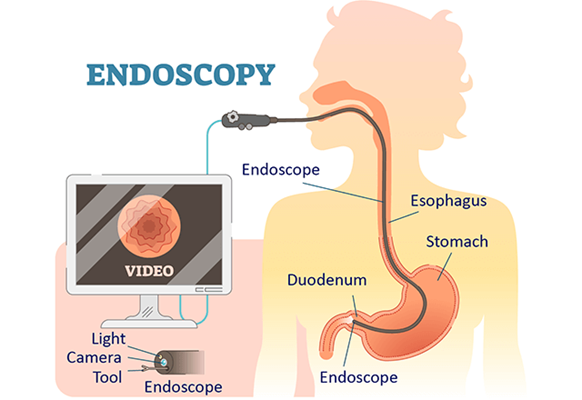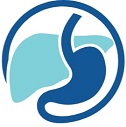Call Now
Opening Hours
Monday to Saturday
09:00 am – 10.00 pm
Sunday
09:00 am – 5.00 pm
UGI Endoscopy
Upper gastrointestinal endoscopy (UGI endoscopy) is a medical procedure that is used to examine the inside of the upper digestive system. This includes the esophagus, stomach, and the first part of the small intestine (duodenum). The procedure is performed using an endoscope, which is a thin, flexible tube with a camera and light at the end.
Why is UGI Endoscopy Performed?
There are several reasons why a doctor may recommend a UGI endoscopy. Some common indications include:
Abdominal pain: If you are experiencing persistent or severe abdominal pain, a UGI endoscopy may be recommended to help identify the underlying cause.
Heartburn and Acid Reflux: If you have frequent heartburn or acid reflux, a UGI endoscopy may be performed to determine the extent of the damage to the esophagus and stomach lining.
Swallowing difficulties: If you have difficulty swallowing or a feeling of something being stuck in your throat, a UGI endoscopy may be used to examine the cause of the problem.
Unexplained weight loss: If you have unexplained weight loss, a UGI endoscopy may be recommended to determine the cause.
Bleeding: If you have signs of bleeding in the upper digestive system, such as vomiting blood or passing black, tarry stools, a UGI endoscopy may be recommended to identify the source of the bleeding.
How is UGI Endoscopy Performed?
Before the procedure, you will be asked to fast for several hours to empty your stomach. You will also be asked to sign a consent form, which explains the risks and benefits of the procedure. You may be given a sedative to help you relax during the procedure.
During the procedure, you will lie on your back or side on an exam table. The endoscope will be passed through your mouth and into your esophagus. You may be asked to swallow several times to help guide the endoscope down.
Once the endoscope is in place, the camera at the end of the tube will send images to a monitor, which the doctor will use to examine the lining of your upper digestive system. The doctor may also use small tools to take samples of tissue (biopsy) or to remove polyps or other abnormalities.
The procedure usually takes between 15 to 30 minutes, depending on what needs to be done.
What are the Risks of UGI Endoscopy?
UGI endoscopy is generally a safe procedure, but like any medical procedure, there are some risks. These may include:
Bleeding: In rare cases, the endoscope may cause bleeding in the digestive system.
Perforation: In rare cases, the endoscope may puncture the lining of the digestive system, which can cause infection or other complications.
Reaction to Sedatives: Some people may have an allergic reaction to the sedatives used during the procedure.
Aspiration: If you have a history of lung problems, you may be at risk of aspirating (inhaling) stomach contents during the procedure.
Discomfort: You may experience some discomfort or a sore throat after the procedure.
Our doctor will discuss the risks and benefits of the procedure with you before it is performed.
What Happens After UGI Endoscopy?
After the procedure, you will be monitored for a short period of time to ensure that you have recovered from the sedative. You may feel drowsy for a few hours after the procedure, so it is important to arrange for someone to drive you home.
You may also experience some mild discomfort in your throat, but this should go away within a day or two.


